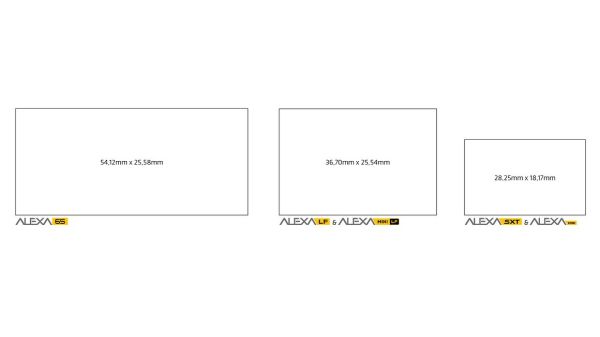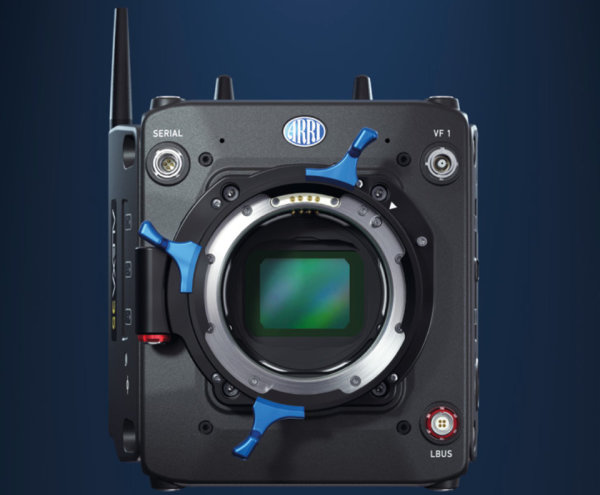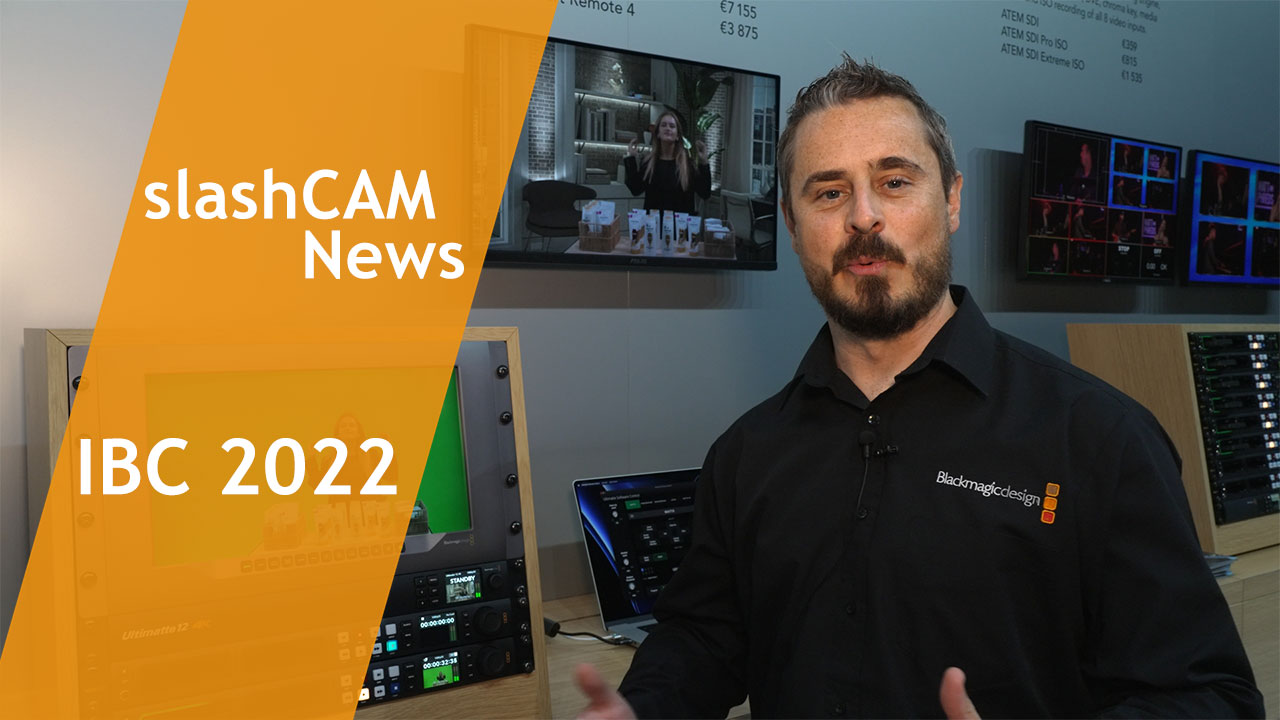[10:47 Fri,10.June 2022 by Rudi Schmidts] |
Y.M. Cinema Magazine reports on a specific statement from ARRI that the new ALEV 4 sensor on the ALEXA35 camera can no longer be "stitched" like its predecessor. "Stitching" (literally "sewing together") in this context refers to a special process ARRI uses to combine two or three of its ALEV 3 sensors into one sensor surface - resulting in a doubling/tripling of the capture area or resolution on the ARRI LF and ALEXA65 models.  According to ARRI, this is no longer possible with the new sensor design - but no specific reasons are given for this in the linked video. It is therefore conceivable that a new bonding of the chip to the sensor edges simply no longer makes this possible. It could also be a first hint that we are now dealing with a stacked sensor design. But in the end these assumptions don&t matter, because ARRI&s stitching technology always seemed to many users like an unloved stopgap solution that was knitted with - GAME! - "hot needle" in order to be able to serve modern resolutions and large format trends with the existing sensor design. Not only the manual effort of stitching might be enormously high. Problems at the sensor transitions also have to be skillfully whitewashed. So we are not surprised that ARRI does not want to continue to burden itself with this effort without necessity. And they don&t have to, because just because there is no more stitching, it doesn&t mean that the ALEV 4 sensor can&t and won&t be available in larger sensor designs for large format and above. Just made in classic, monolithic technology from a die piece. And at the ALEXA35 launch event in Berlin, ARRI also clearly stated that there could also be large format sensors with this technology in the future. But these can be expected in 3 years at the earliest - not counting possible delays...  deutsche Version dieser Seite: ARRI: Keine LF-Sensoren mit neuer ALEV 4 Technik am Horizont |





